I'm writing an AJAX based auto-complete and am trying to keep my server from being inundated with requests by using client side caching. The setup is as follows, Django serving JSON responses on the back-end, with the client using jQuery's AJAX routines to GET the appropriate data.

Looking at the response headers in Chrome, everything looks alright. The Cache-Control header is present, so I'm pretty sure that the problem is outside of Django's scope.

However, the server logs show that there was a request made to the API.

Code:
This is the code I'm using to query the API.
function get(url, callback) {
jQuery.ajax({
type: 'GET',
contentType: 'application/json',
dataType: 'json',
cache: true,
url: url,
success: callback
});
}
Misc:
The little disable cache check-box isn't ticked, so Chrome should be caching responses.
Edit:
This is all set up in my development environment. So the server is serving from 127.0.0.1:8000.